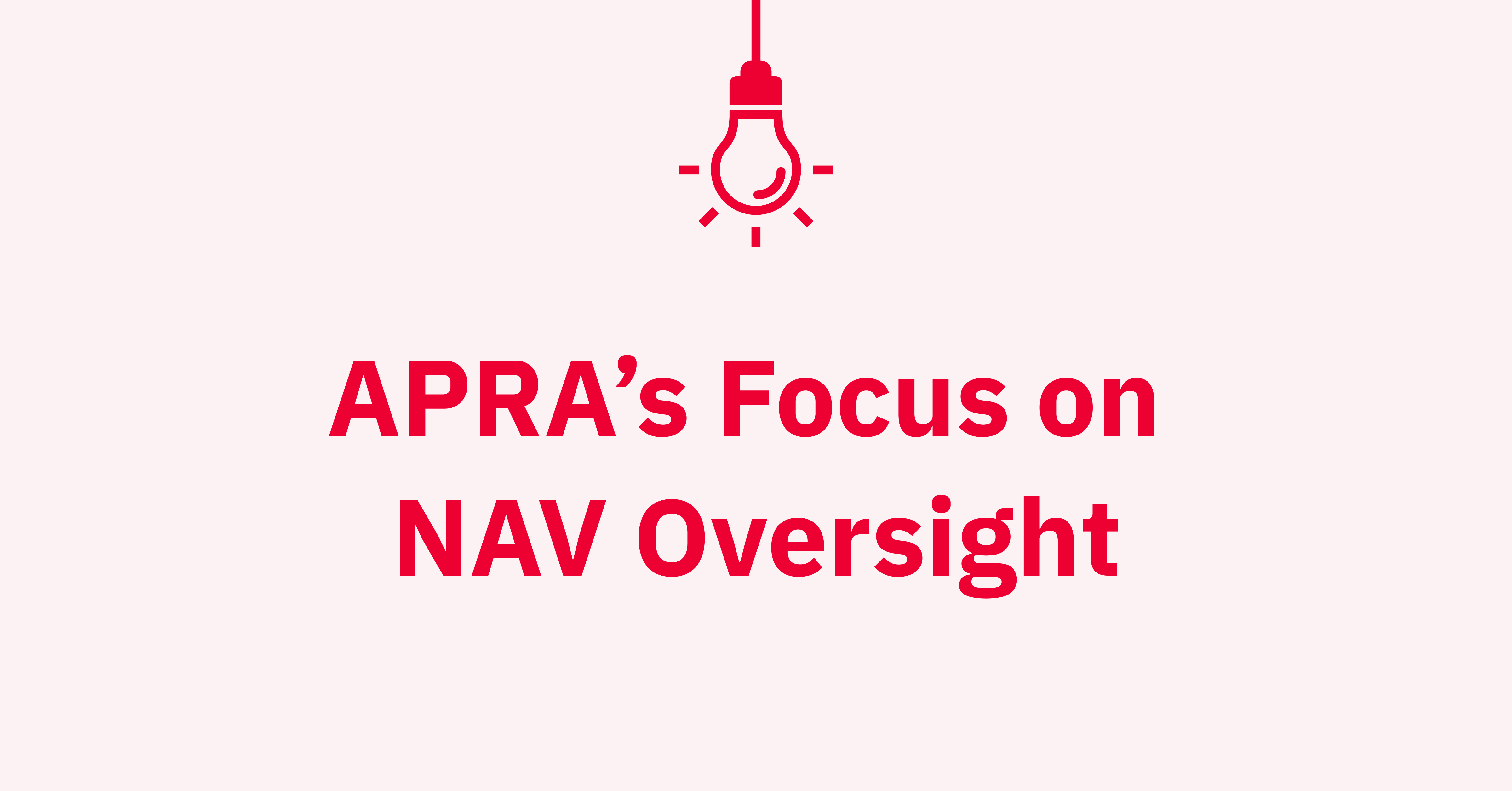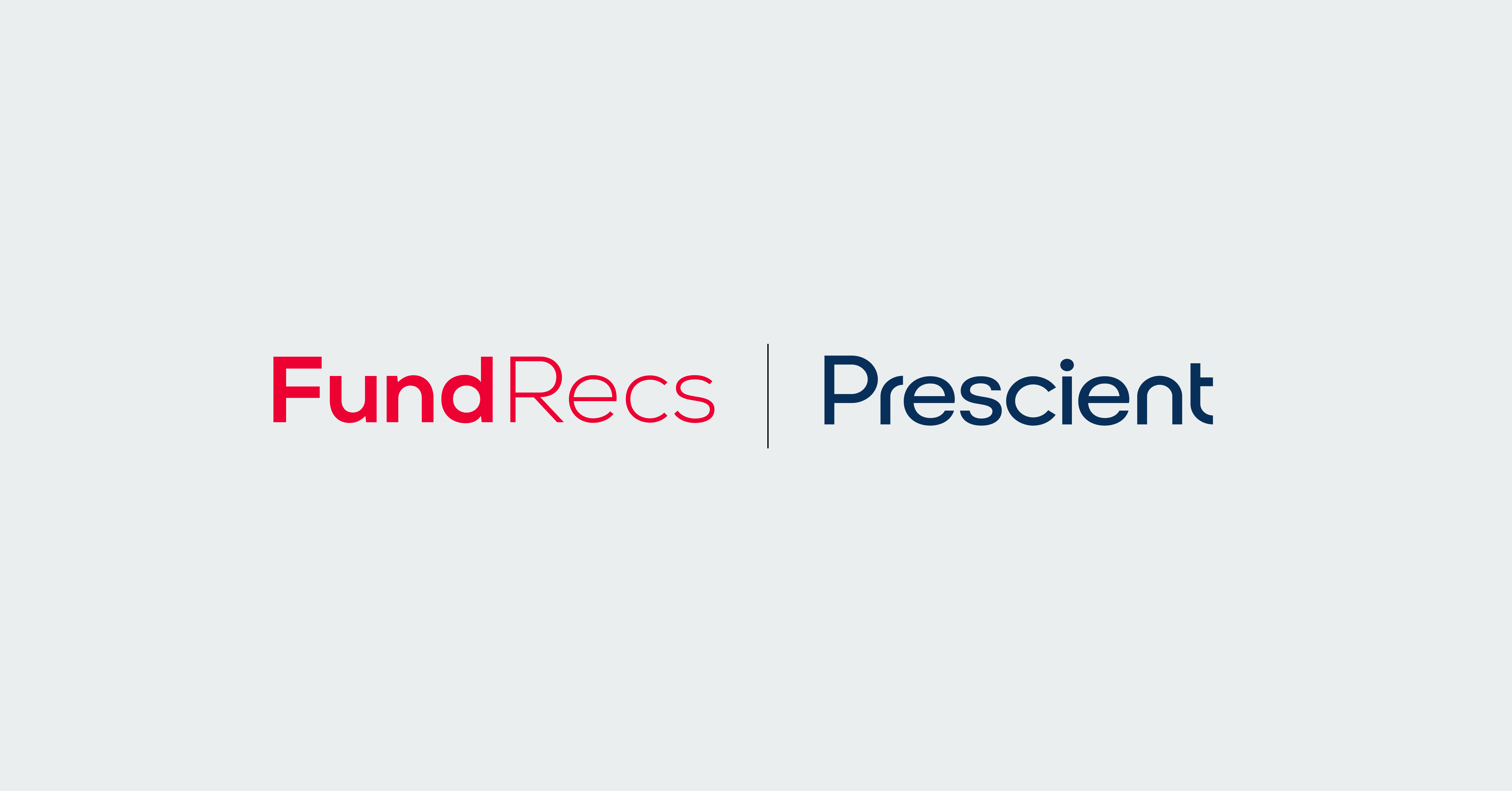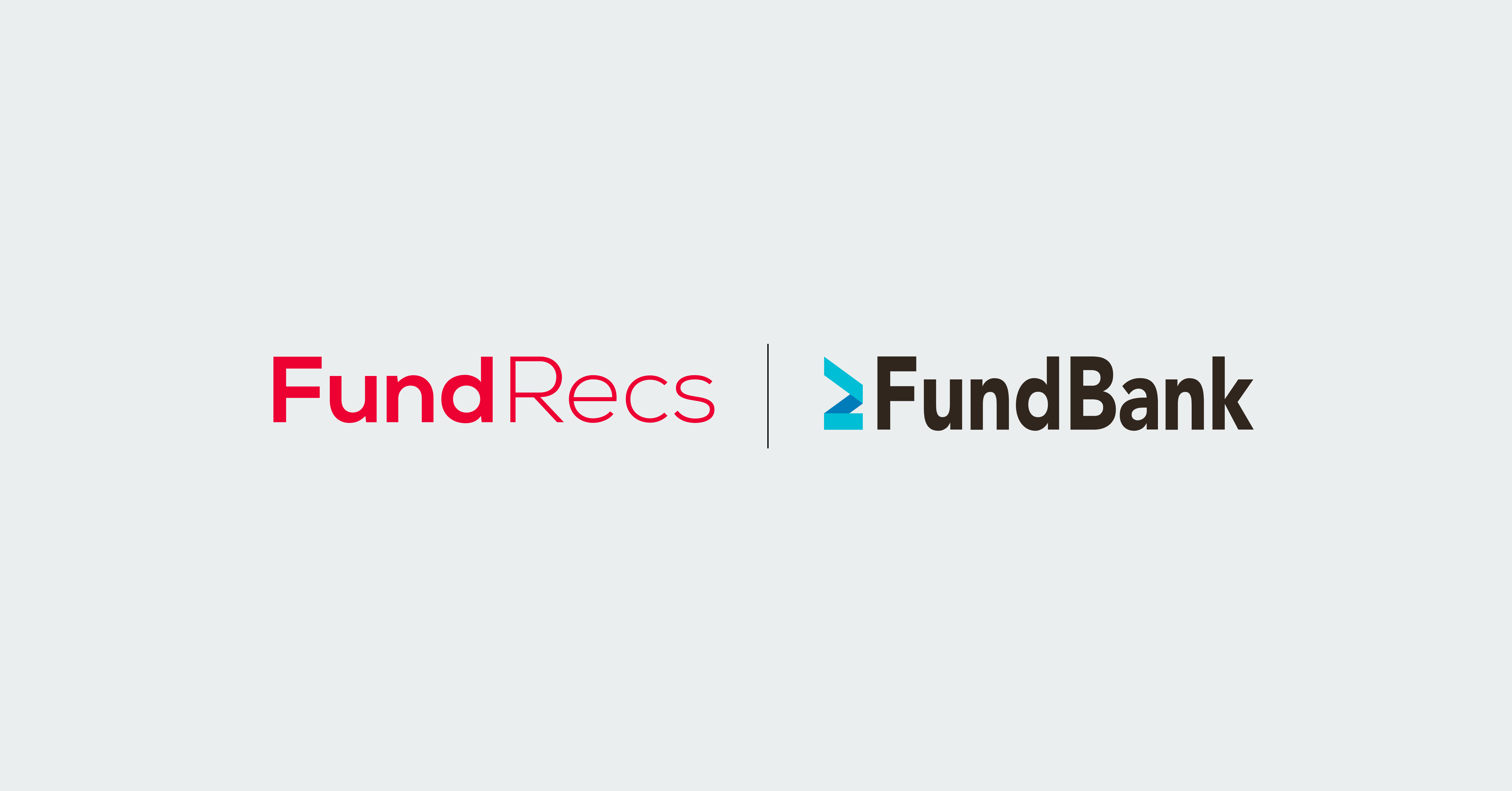Six key questions asset managers need to ask reconciliation software providers


Congratulations! You’ve decided to automate your reconciliation process with new software.
You won’t miss all that mind-numbing spreadsheet cutting and pasting. Nor, hopefully, all the wasted time and money. Rather than the focus being on completing a reconciliation, good asset manager reconciliation software allows you to focus on oversight and exception management allowing you to take corrective action when issues arise. This is where real time is saved, and the return of investment (ROI) is hard to deny.
As an example, spending 10 minutes per day manually processing a single file to complete a reconciliation can cost as much as €1,500 per year in staff costs.
Automating that single process removes the cost, reduces the risk of clerical errors, which can lead to an array of downstream issues, and allows your resources to focus on higher value-added activity.
When you are processing multiple files each day, the cost savings, both in terms of actual resource cost and opportunity cost, can be substantial so choosing a partner to automate the reconciliation process makes a lot of sense. However, the cost of making the wrong choice and having a failed implementation can be catastrophic in terms of wasted time and money.
With many reconciliation service providers out there, how do you decide which vendor to select?
Finding software with good functionality, at a reasonable price is the obvious place to start. To find a partner that is going to truly add value, then you need to go the extra mile and ask these six questions to help you make the right choice.
1. Ask to meet the team
It may sound obvious but it’s amazing how many companies don’t do it. To truly know if the vendor is going to be a good fit, you need to get beyond the resources that the sales executive wants you to meet. The team implementing and supporting the product are the people you will be working with for years to come, and they are the folks you need to rely on to be responsive in an emergency. Get to know them! Do they have the background, experience and customer-centric attitude to add value beyond delivering the software?
Many vendors avoid having you speak to implementation and support teams during the sales process, but these are the folks that are going to be the most important to your long-term success. Taking the time to meet them can make a world of difference.
2. Do your research
All too often the statement, ‘XYZ Firm uses it, and they are the gold standard, so it has got to be good enough for us’ becomes the deciding factor in a due diligence process. When industry-leading firms use a particular solution, it is proof of that company’s ability to deliver and it is an important point to note in your decision-making process. Using this as the only measuring stick, however, can be risky.
Every firm is different, and each has its own requirements. Without being involved in a decision-making process, you can never know the whole story of why a particular vendor was chosen. They may have been chosen because they were the best at solving a need that you don’t even have. This can lead you down the path of selecting the wrong vendor and paying a premium for a solution that doesn’t even meet your needs.
3. Ask for a Proof of Concept (POC)
A Proof of Concept (POC) is a commonly used approach to assess business purchases. In very broad terms, a POC will prove out the ability of a system or software to meet your specific needs.
For example, the movies 300, Sin City, Sky Captain and the World of Tomorrow were high-concept films in terms of special effects. All three used POC short film versions to test the concept. There is a lesson there for asset managers in choosing reconciliation software.
Too many people don’t go down this POC path. Make sure you prove out that each part of the solution works as you expected. Taking the time to do a detailed POC can alert you to problem areas that you know you will face with a given solution. No product is perfect but if you don’t take the time to prove out actual scenarios with actual data then you can be led down a path where the POC is designed to show you what the vendor wants you to see.
The investment in a detailed POC with the objectives defined by you will help to ensure that the investment you are making will pay dividends.
4. Ask for a breakdown of all costs
Follow the money! When making any business decision the bottom line is, well, the bottom line. The key question is ‘how much money am I saving with this reconciliation software?’
When it comes to buying reconciliation software for asset managers, that may not be so obvious. Good practice is to ask for an estimate of all the fees that you should expect to be charged over the next five years.
Not all fees are cut and dry and many fees vary from client to client. However, ask the vendor to break out all fees by category and use best estimates where exact numbers can’t be provided. This analysis should ensure you understand all the costs that you may face.
Some examples of what you might uncover are support fees, hosting fees and customisation charges. Getting this information should give you a clearer picture of all the fees you will face so you can enter the relationship with a true understanding of the costs involved.
5. Ask what can go wrong
Asking this question does not make you a ‘negative Norman.’ It’s a reasonable, necessary, and ultimately positive way of thinking. If you foresee what can go wrong and avert disaster, you’re saving yourself and your team a whole lot of grief further down the line.
The key is to talk to the folks in the trenches. Ask the reconciliation implementation team what makes a project go well and what makes it go poorly. You will get good insights, that in many cases can give you a chance to truly understand what pre-planning you need to do before moving forward with an agreement. If it’s about data, ask them to look at your data and to point out any issues you might face.
6. Ask about ongoing support and service
Drill down into the nitty-gritty of how things are logged and monitored. Understanding the timeliness of the support team, how many queries are open per client and the typical resolution time can give you a keen understanding of what working with the vendor will be like. Another great question to ask is what queries for support are typically answered easily versus what queries take time to answer.
As one of our clients told a researcher assessing Fund Recs’ service recently: “The main thing that appealed to me (when assessing providers) was online chat. They (Fund Recs) will get back in three to five minutes. You don’t want to have to email a help desk and then they will get back, whenever.”
Find the right reconciliation software
Finding the right software vendor is more than just the functionality and the price. Far too often decision-makers make a software decision based solely on features, a user interface or commercial terms.
The truth about finding the right fit relies on great software supported by a great team. This combination will pay dividends for years to come. It is worth pulling back the covers and finding out if your team will get value out of the people they are going to be interacting with on a day to day basis.
Finding the right partner can positively impact your firm and asking the six questions above will help you find the right fit.
To learn more about reconciliation software for asset managers, get in touch with the Fund Recs team today. Request a demo to find out more.


